[경제노트] (영어로 배우는 국제경제) 'Preventing...'
Two years after the Asian meltdown began, the speed and strength of
the recovery has surprised and delighted not just Asians but the world.
A stronger Asia is good news for construction workers scrambling for
jobs in Seoul just as it is for U.S. exporters of everything from jet
planes to wheat.
But the fast snapback brings its own dangers.
Much more must be done if Asia wants to protect itself from future
crises.
Financial institutions in most Asian countries remain a wreck.
Although South Korea has spent most of the $53 billion it budgeted for
restructuring the banks, the troubles of the debt ridden Daewoo Group
point to the depth of the financial sector''s problems.
Seoul agreed in principle many months ago to sell to foreigners two
insolvent banks it had taken over.
But the government won''t finalize the deals, in part because of
pressure from chaebol like Daewoo that are worried about having their
access to credit reduced.(중략)
As foreign investors return, Asian countries need to carefully consider
how much money they want to come in and under what terms.
Portfolio investment is by nature fickle and if the money starts to
pour out again,another bailout by the industrial countries is unlikely.
While there''s no perfect solution, it''s crucial to lessen the reliance
on short term investors.
Asia has room to maneuver.
The impressive current account surpluses piled up since the crisis
began reflect the region''s export prowess.
Moreover, Asia went into the crisis with low public debt, which means
that its taxpayers can help foot the bill for shuttering bad banks.
But that''s not enough.
In the end, if Asia doesn''t learn from its mistakes, hard hearted
investors will see to it that Asia repeats them.
=BusinessWeek 8월 9일자 사설
-----------------------------------------------------------------------
[ 요약 ]
아시아 금융위기가 발발한지 2년이 지난 지금, 아시아 경제들의 빠른 회복
속도는 전세계에 놀라움과 기쁨을 주고 있다.
그러나 빠른 경기회복은 나름대로의 위험을 안고 있다.
우선 대부분의 아시아 금융기관들은 아직 부실대출 문제를 해결하지 못했다.
한국의 경우, 은행구조조정을 위해 정부가 따로 마련해둔 5백30억 달러는
거의 다 소진됐으며 최근 발생한 대우그룹의 부채위기는 이 나라 금융부문의
문제가 얼마나 심각한지를 다시금 보여주고 있다.
한국정부는 몇달전 두 개의 부실은행들을 해외에 매각한다는데 원칙적으로
합의했다.
그러나 자금줄 축소를 우려하는 재벌들의 압력에 눌려 정부는 아직도
매각안을 마무리짓지 못하고 있다.
외국 투자자들이 속속 복귀하고 있는 상황에서 아시아 국가들은 자신들이
얼마나 많은 외국 투자자금을 원하는지를 신중히 고려해봐야 한다.
변덕스러울 수밖에 없는 포트폴리오 투자의 속성을 고려할 때, 또다시
해외자금 이탈 사태가 발생할 가능성을 배제하기 힘들다.
그 문제에 대한 완벽한 해결책은 없지만, 단기 투자자들에 대한 의존도를
낮추는 것이 매우 중요하다.
아시아는 아직 움직일만한 여지가 있다.
금융위기 이후 누적된 경상수지 흑자 규모는 아시아 경제의 수출력을
반영하고 있다.
아시아는 공공부채가 낮은 상태에서 금융위기를 맞았으므로, 공공자금을
동원한다면 쓰러져 가는 은행들을 구제할수 있다.
그러나 이것만으로는 충분하지 않다.
아시아가 끝내 과거의 실수로부터 교훈을 배우지 못한다면, 비정한 투자자
들이 아시아로 하여금 실수를 되풀이하게끔 만들 것이다.
-----------------------------------------------------------------------
[ 용어설명 ]
<> 포트폴리오 투자
경영권 획득을 목적으로 하는 직접투자의 상대적 개념으로 수익만을 노리고
주식 회사채 등 유가증권 투자를 하는 것을 말한다.
국제적 자본이동의 한 형태로서의 포트폴리오 투자는 투자대상 자산의
수익성에 직접적으로 영향을 미치는 해당국 통화 환율 금리 세율 등의
추이에 의해 좌우된다.
< 뉴욕=이학영 특파원 hyrhee@earthlink.net >
( 한 국 경 제 신 문 1999년 8월 16일자 ).
-
기사 스크랩
-
공유
-
프린트
![[한경에세이] 청소년이 안전한 환경과 역경지수](https://img.hankyung.com/photo/202404/07.36439047.3.jpg)
![[이승우의 IT인사이드] LOL 경기마저 중단시킨 디도스 공격](https://img.hankyung.com/photo/202404/AA.36438603.3.jpg)
![[장석주의 영감과 섬광] 주말엔 K리그를 보러 가자!](https://img.hankyung.com/photo/202404/AA.36438602.3.jpg)
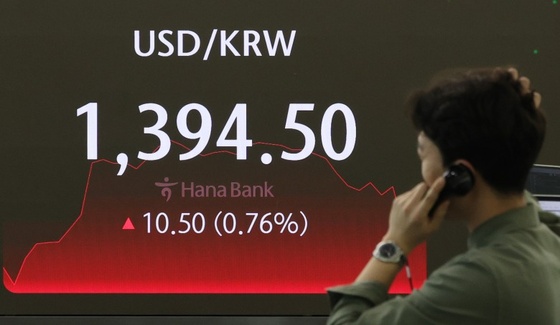
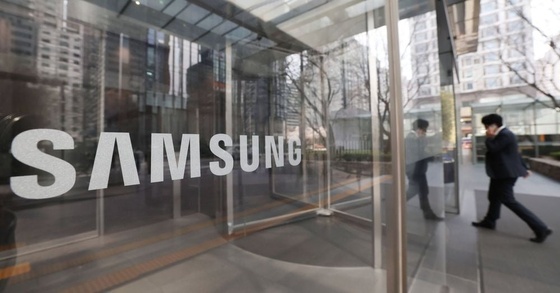
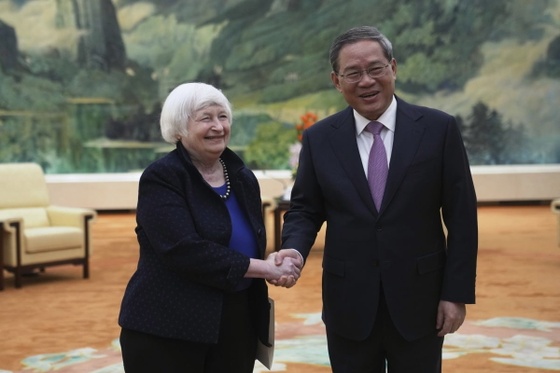
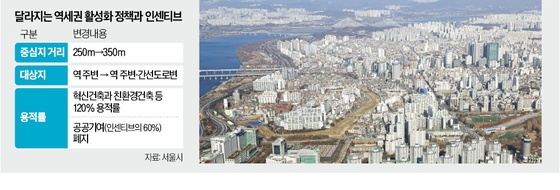
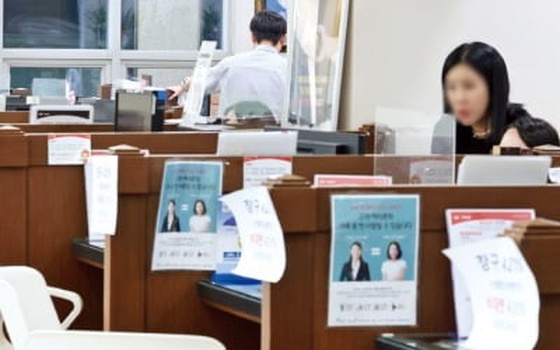



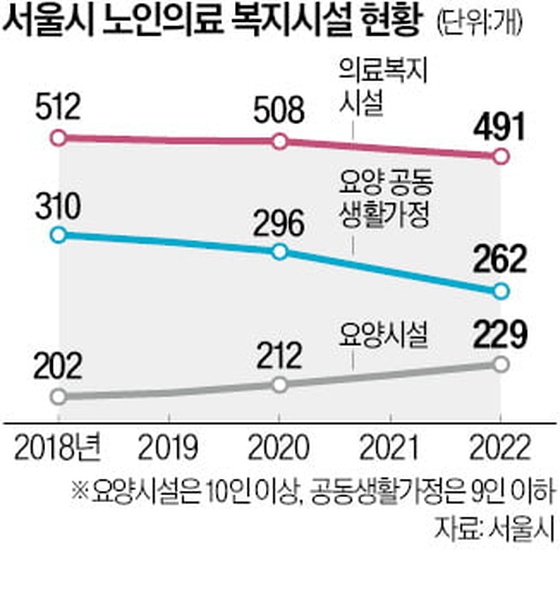
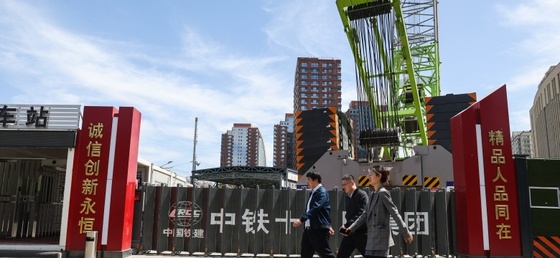
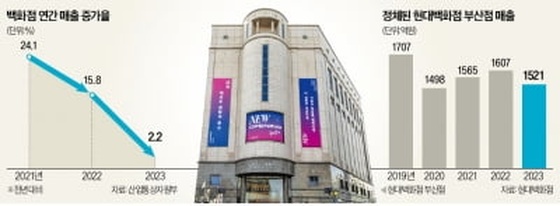
![르세라핌, 美서 라이브 '대참사'…'K팝 아이돌' 논란 터졌다 [이슈+]](https://timg.hankyung.com/t/560x0/photo/202404/01.36438208.3.jpg)